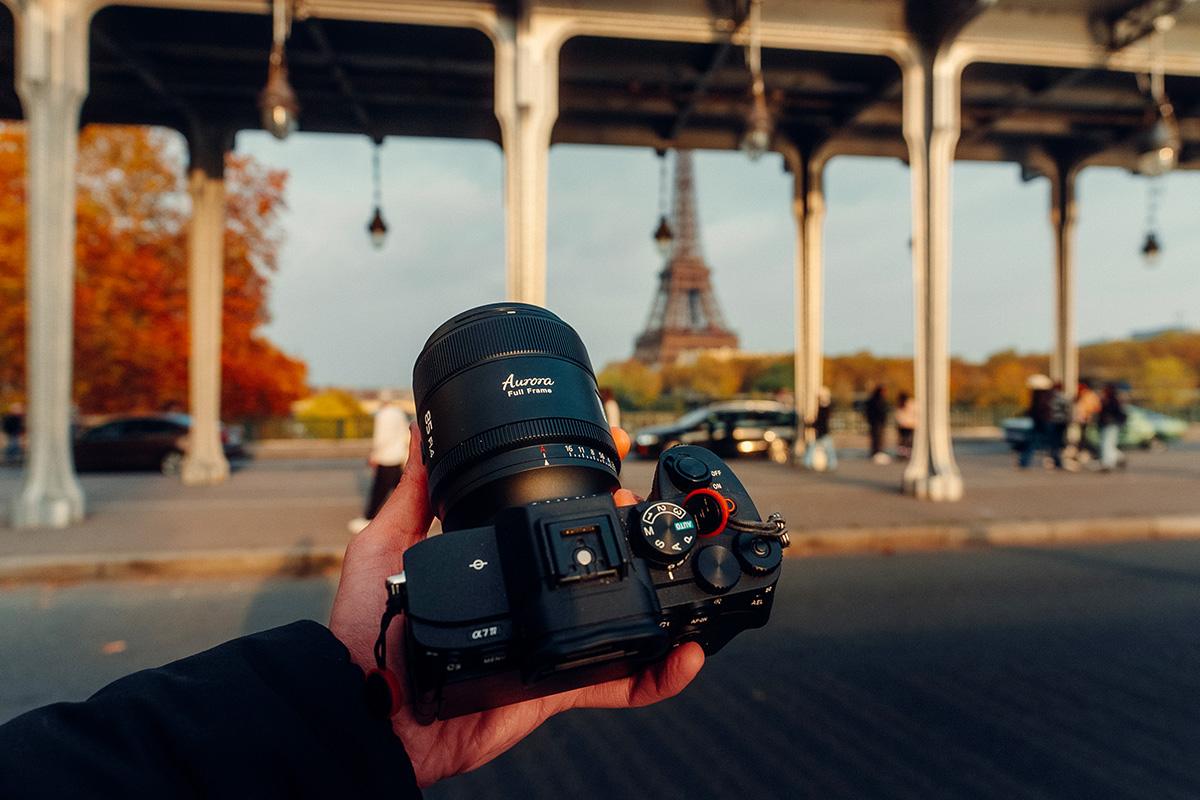Learn everything you need to know about wedding videography and the right approach – from styles, lighting, choosing cameras and lenses to how to capture every special moment of a wedding.
Camera Lens & Wedding Videography
Every wedding has special moments full of emotions, joyful laughter, and promises whispered to the heart. Capturing these for a videographer is a real challenge. They should have the right equipment, especially the camera body and lens, at the right moment and place, because these moments only happen once.
Most of us don't know how to shoot professional blockbuster films, but we know exactly what kind of films we like and which we don't. Whether you hire a videographer or are one yourself, defining your desired style is extremely important. This decision should be your personal choice and fit your personality and the theme of your wedding day.
The chosen style mainly determines which camera lens you need for this event. Some of the most common styles and the suitable lenses are explained below:
1. Documentary Events:
In the first step, you should get an idea of the space and decide how things should proceed there. You can choose between different themes, most commonly documentaries. In this case, the videographer films nothing planned, but everything happens as naturally as at an event.
You choose the lens so that you capture spontaneous, unfiltered shots with real-time moments and the final footage has as little disturbance as possible. For close-ups, an 85mm lens is suitable; for wide-angle and group photos, a 24mm or 28mm wide-angle lens is suitable; and for all other shots that require a natural narrative, a 35mm lens (f/1.8 or f/2 aperture) is suitable.
2. Cinematic Style
Most people prefer the documentary style, but as the content industry increasingly orients itself towards TikTok, wedding videography is also tending towards a cinematic style with additional effects and transitions. Such a style requires camera lenses that capture dramatic slow-motion images and can add creative movement and framing to the raw footage.
For this cinematic style, we recommend the SIRUI AURORA Series 85mm F1.4 Full-Frame Autofocus Lens with its 85mm focal length. It delivers an exceptional bokeh that draws attention to subjects and isolates objects even in low light.
The lens operates with the STM motor focus system, which is extremely quiet and crucial for silent real-time video recording. At weddings in dark chapels or reception halls, the f/1.4 lens also allows photos and videos without loss of sharpness in low light.
You can also expand your kit with 35mm and 50mm focal lengths to enable versatile storytelling where no subject isolation is needed. Combine all focal lengths during shooting to create a unique, creative mix for cinematic storytelling.
3. Storytelling Style:
Such a wedding style requires videographers to compile a video that captures far more than just the wedding and tells the backstory of the day of shooting. Interviews with key wedding participants are even conducted before the event, which videographers can record in advance.
The task of a videographer is to capture moments before and during the wedding – such as the vows, the kiss at the main event, the bride and groom's dance, and interviews with other people (previously recorded) – and create a complete story from them. Such a style requires combining a 50mm camera lens for interviews, a 35mm lens (likely with f/1.8) for B-roll shots of wedding events, and an additional 85mm lens for subject-isolated shots.
4. Traditional Style
Another form of wedding videography is the traditional style. Here, artistic shots or cinematic scenes take center stage. This style is event-focused and linear, and the simple video footage is shot with practical focus rather than artistic intent.
You can use a 50mm prime standard lens for balanced composition and a 35mm lens for tight spaces. Additionally, you can use a 70–200mm zoom lens with an f/2.8 aperture, which is recommended for shooting seated ceremonies and other important moments from a distance.
Summary:
Both experienced professionals and aspiring videographers need to define their wedding style, and choosing the right camera lenses has a significant impact on the results. Among all these camera lenses, the SIRUI AURORA Series 85mm F1.4 full-frame autofocus lens is the most popular for wedding videography due to its top-notch subject isolation, creamy bokeh, and excellent low-light performance.





